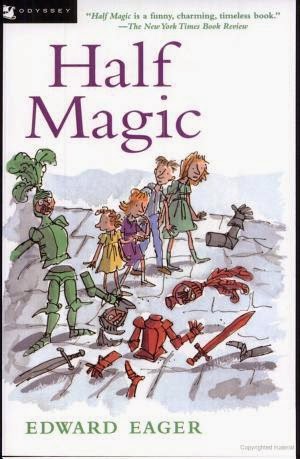The Emperor’s New Clothes is a popular tale by Hans Christian Andersen, a Danish author.
In this story, the Emperor is tricked into wearing a suit to his birthday
parade made of fabric allegedly so exquisite only people with very good taste
can see it. In reality, the Emperor is wearing nothing at all. No one accepts
this until a small boy in the crowd shouts that the Emperor isn’t wearing any clothes.
The phrase “emperor’s new clothes” has even become an idiom about logical
fallacies and pluralistic ignorance, to be used in a case when someone is
ignorant but believes that no one else is ignorant, or the opposite.
There are several different
versions of this title. One modern adaptation includes a CD that narrates the
story, voiced by many well-known people, including Madonna, Calvin Klein,
Melissa Joan Hart, Geena Davis, and Rosie O’Donnell. The book also contains
illustrations from a variety of popular illustrators, including Tomie DePaola,
Quentin Blake, and Chris Van Allsburg, among others. The cover of this
particular rendition boasts that it is “An all-star illustrated retelling of
the Classic Fairy Tale,” referring to Hans Christian Andersen’s original and
much less detailed story.
There are some aspects that may be a little sensitive in a school setting, but overall, I think it would be wildly appreciated by students! It is perfect for a read aloud scenario- though I would almost definitely use the audio CD.
There are some aspects that may be a little sensitive in a school setting, but overall, I think it would be wildly appreciated by students! It is perfect for a read aloud scenario- though I would almost definitely use the audio CD.
Below is Madonna's excerpt from this version.
Andersen, H. (1998). The Emperor's new clothes: An all-star retelling of the classic fairy tale. New York: Harcourt Brace & Company.


